Archives
- 2025-12
- 2025-11
- 2025-10
- 2025-09
- 2025-03
- 2025-02
- 2025-01
- 2024-12
- 2024-11
- 2024-10
- 2024-09
- 2024-08
- 2024-07
- 2024-06
- 2024-05
- 2024-04
- 2024-03
- 2024-02
- 2024-01
- 2023-12
- 2023-11
- 2023-10
- 2023-09
- 2023-08
- 2023-06
- 2023-05
- 2023-04
- 2023-03
- 2023-02
- 2023-01
- 2022-12
- 2022-11
- 2022-10
- 2022-09
- 2022-08
- 2022-07
- 2022-06
- 2022-05
- 2022-04
- 2022-03
- 2022-02
- 2022-01
- 2021-12
- 2021-11
- 2021-10
- 2021-09
- 2021-08
- 2021-07
- 2021-06
- 2021-05
- 2021-04
- 2021-03
- 2021-02
- 2021-01
- 2020-12
- 2020-11
- 2020-10
- 2020-09
- 2020-08
- 2020-07
- 2020-06
- 2020-05
- 2020-04
- 2020-03
- 2020-02
- 2020-01
- 2019-12
- 2019-11
- 2019-10
- 2019-09
- 2019-08
- 2019-07
- 2019-06
- 2019-05
- 2019-04
- 2018-11
- 2018-10
- 2018-07
-
Calcium entry through postsynaptic NMDARs activates
2023-09-07
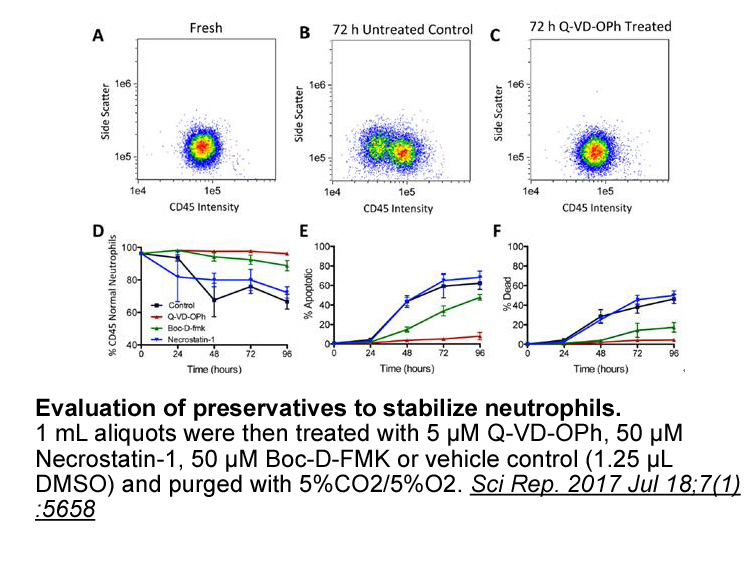
Calcium entry through postsynaptic NMDARs activates intracellular signaling cascades including Ca2+/calmodulin (CaM)-dependent protein kinase II (CaMKII) and calcineurin. The spatiotemporal abundance of this Ca2+/CaM complex determines the direction of synaptic plasticity, resulting in LTP (Malinow
-
Analysis of the enzyme activity expressed as rate of product
2023-09-07
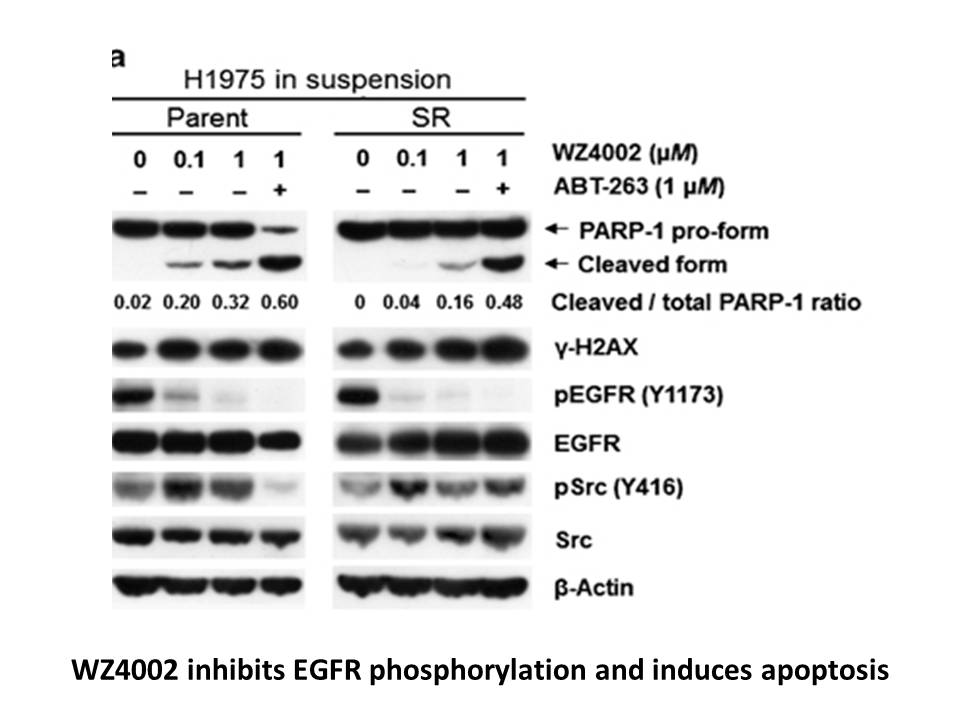
Analysis of the enzyme activity, expressed as rate of product formation per unit serum volume (20μl), between the diagnostic groups revealed that ApB activity was significantly decreased in the patient group both at recruitment and after 13months when the substrate concentration used was 1.5mM (pCZC
-
Furthermore to address the concern
2023-09-07
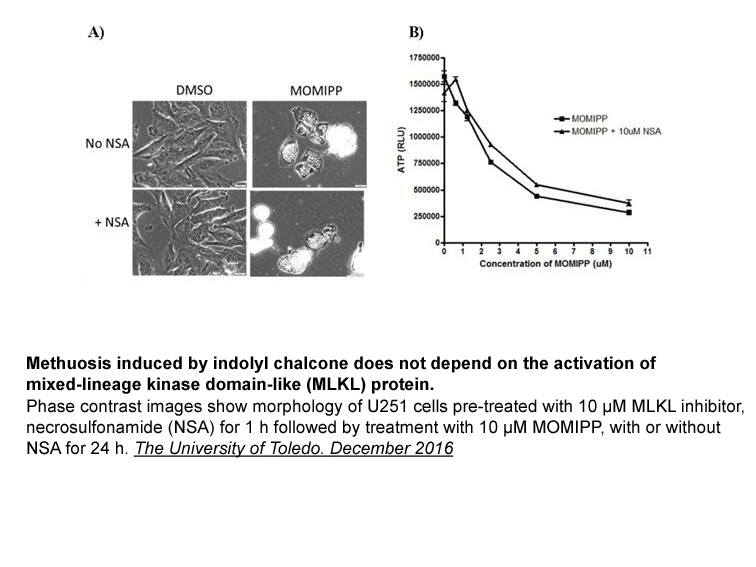
Furthermore, to address the concern that the observed positive in vitro activity results might be stymied by the propensity of such assays to display false positives due to the inherent noxiousness of the tested compounds, all analogs were evaluated against Vero cells in an MTT assay. Some of the mo
-
The evidence points toward a role
2023-09-07
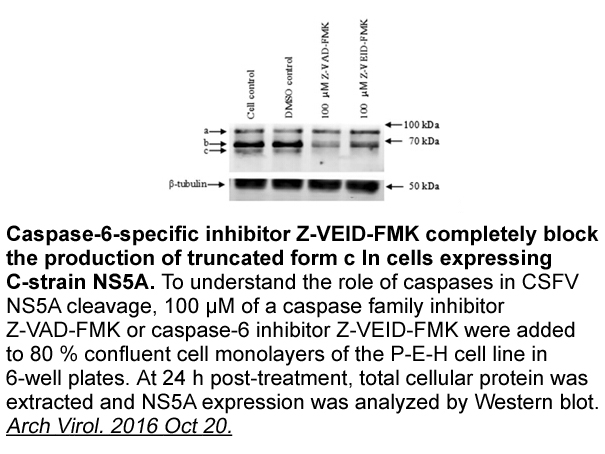
The evidence points toward a role for 12/15-LO activity in WAT in modulating chronic local inflammation and subsequent systemic metabolic decline in the obese state. However, little is known as to the role of 12- and 15-LOs in BAT. Indeed, in addition to WAT, platelet- and leukocyte-type 12-LO are e
-
In silico docking analysis performed
2023-09-07

In silico docking analysis performed in the current study indicated that TCDD strongly binds to AhR-LBD. Moreover, the formation of the TCDD/AhR-LBD complex was confirmed experimentally with the use of EMSA. We found that 10nM TCDD after 2 hours of incubation not only bound to the AhR in the porcine
-
Further examination of these vmat IR cells
2023-09-07
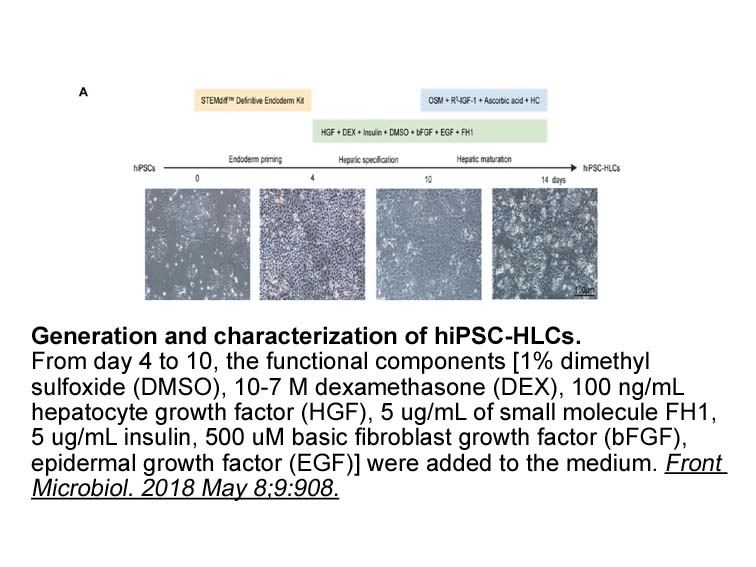
Further examination of these vmat-IR cells shows that they are also positive for vimentin (vim-IR) (Fig. 3A). However, within any one cell there may be a region of weaker vmat-IR, suggesting sub-cellular localization. As also shown in Fig. 3B and C not all vim-IR cells are vmat-IR suggesting that th
-
Circulating adrenal derived stress hormones epinephrine
2023-09-07
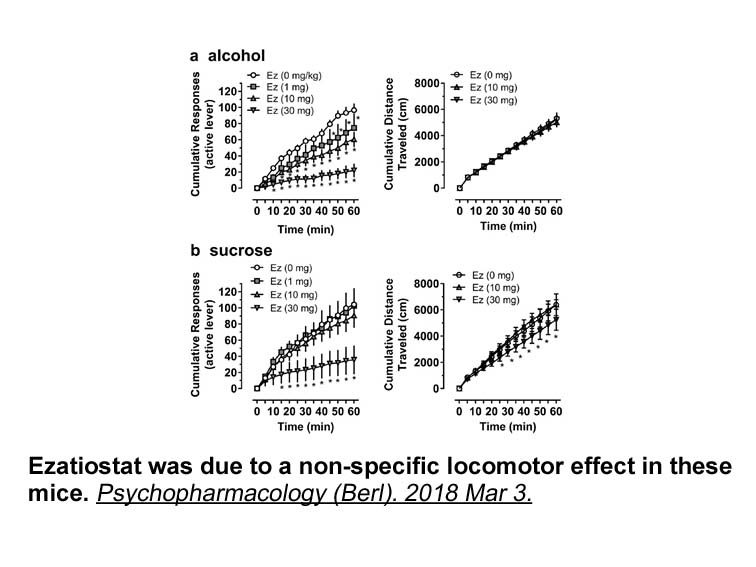
Circulating adrenal-derived stress hormones, epinephrine and corticosterone mediate their tissue effects through adrenergic (AR; α and β) and glucocorticoid (GR) receptors. AR are widely distributed throughout the body and although epinephrine is a prototypical agonist for all types of AR, the selec
-
Tissue distribution showed that ctrp was abundantly expresse
2023-09-07
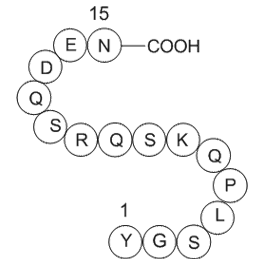
Tissue distribution showed that ctrp9 was abundantly expressed in the kidney of male and female tilapia. In mice, the Ctrp9 was identified in adipose tissue, and the expression levels were higher in females than that of males (Wong et al., 2009). Recent studies indicated that Ctrp9 was also expresse
-
To better understand the pathophysiology of
2023-09-07

To better understand the pathophysiology of ASDs, we would need comprehensive information on a) the functions of ASD-associated proteins in the brain, b) how mutations affect the expression level and function of these proteins, c) how mutations affect their function in neurons, and d) how changed ne
-
Although our data failed to reproduce the robust enhancement
2023-09-07
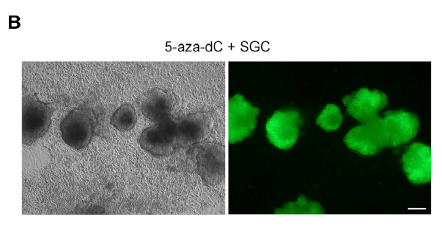
Although our data failed to reproduce the robust enhancement of LTP in the rat dentate with nicotine that was previously reported, our results with NS6740 suggest a more fundamental role for α7 receptor signaling in modulation of synaptic tone in the LTP pathway. The discovery of the cholinergic ant
-
As mentioned above variation of the A ring was
2023-09-07
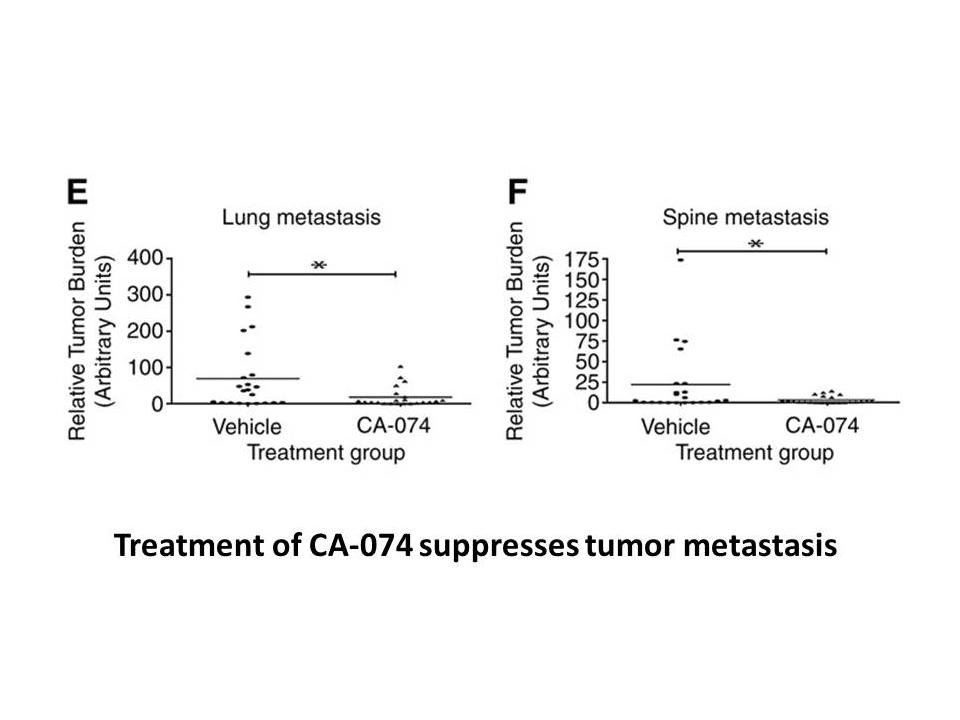
As mentioned above, variation of the A-ring was undertaken in order to improve microsomal stability and kinase selectivity relative to Febuxostat (). 1-Imidazole-2-carboxamides with substitution at the 4-position (–) were mostly tolerated with 4-cyano-imidazole-2-carboxamide () having comparable in
-
br Experimental protocols br Results and discussion br Concl
2023-09-06
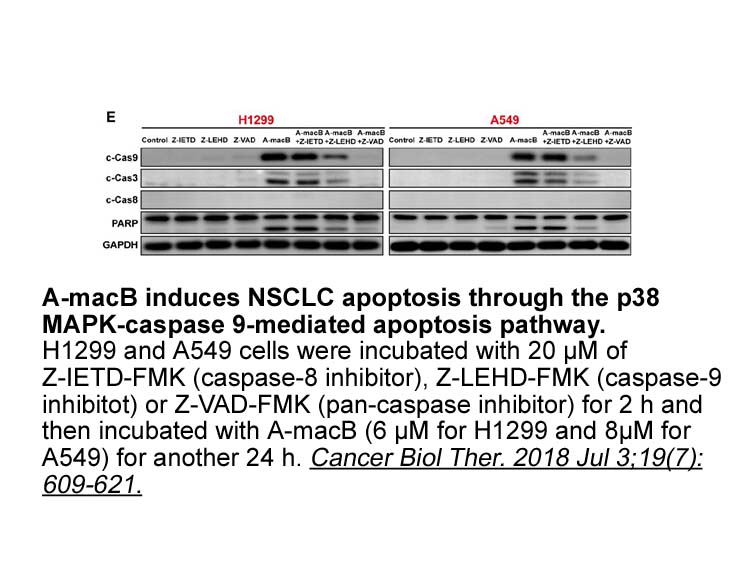
Experimental protocols Results and discussion Conclusion 15-LOX-1 is an important mammalian lipoxygenase which plays an important role in the biosynthesis of leukotrienes, lipoxins and other signalling molecules. These signalling molecules play a regulatory role in several respiratory disea
-
Regulators of the DDR have therefore become attractive
2023-09-06
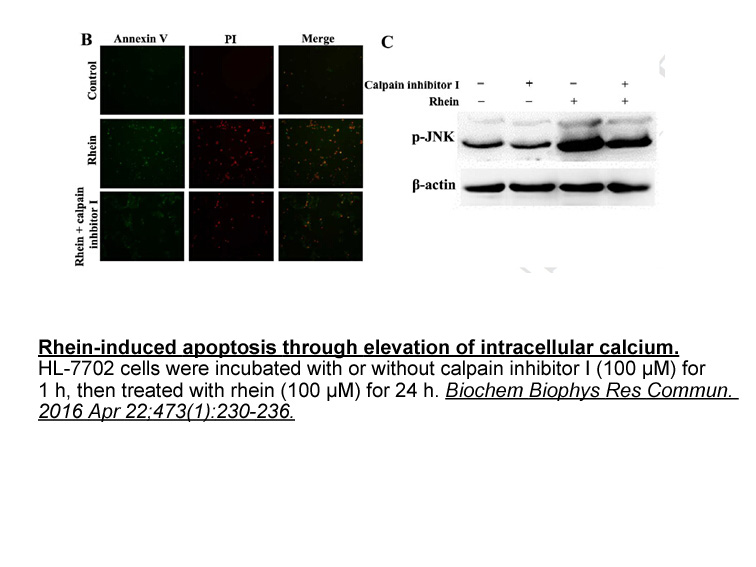
Regulators of the DDR have therefore become attractive targets for cancer therapy primarily through two potential approaches. First, to be used as chemo- or radiosensitisers to increase the effectiveness of standard genotoxic treatments and to help prevent or overcome the development of resistance.
-
br Acknowledgements We would like
2023-09-06
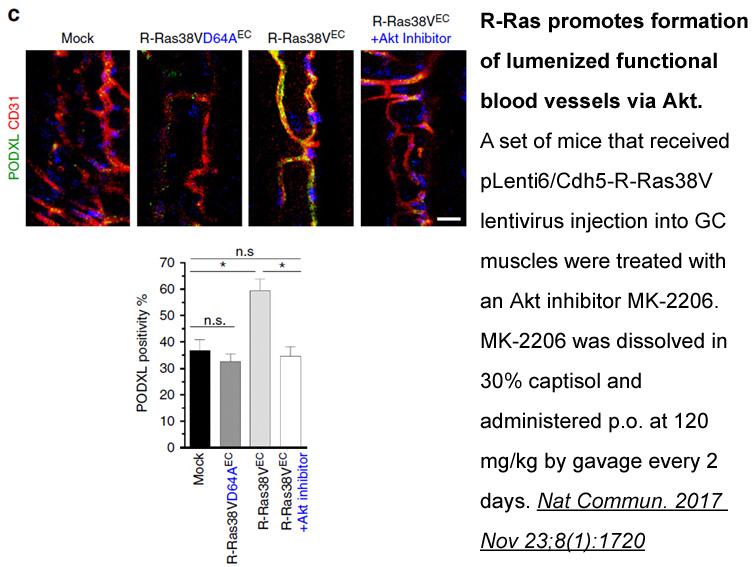
Acknowledgements We would like to thank Dr. Thomas Blanpied, Sai Sachin Divakaruni, Dr. Helmut Kessels, Feline Lindhout, Dieudonnée van de Willige, and all members of the MacGillavry lab for discussions and critical reading of the manuscript. This work was supported by NWO (ALW-VENI 863.13.020, A
-
In our study caspase and DRAM were
2023-09-06
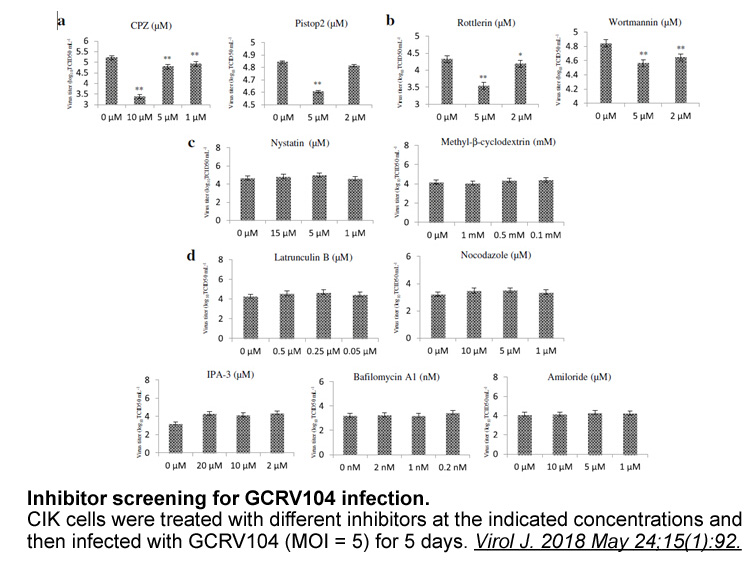
In our study, caspase3 and DRAM were identified as being involved in full-length AIFM1-induced apoptosis. Caspase3 is best known for its role in the execution phase of apoptosis in both intrinsic and extrinsic apoptotic pathways [17]. The members of the caspase family are generally in inactive pro-f
16023 records 286/1069 page Previous Next First page 上5页 286287288289290 下5页 Last page